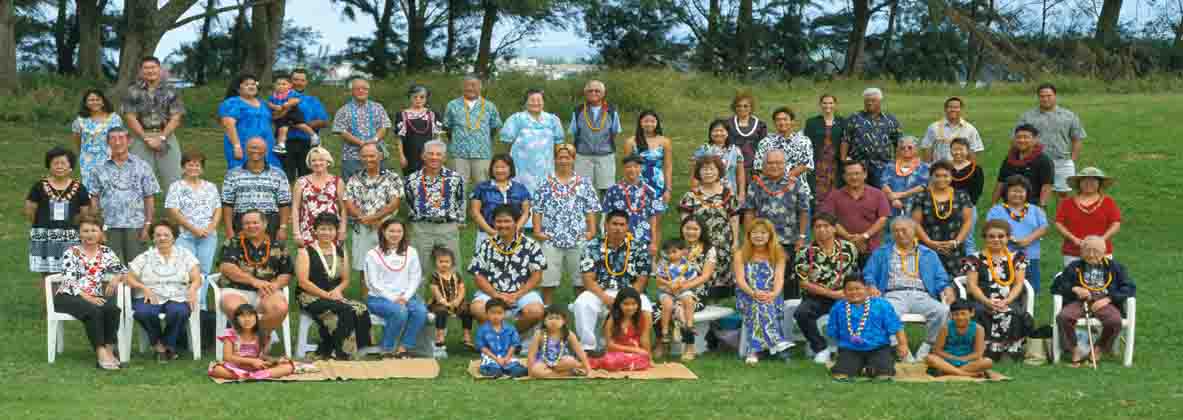

It is believed that by the 2020 U.S. Census, a majority of Japanese Americans will identify as multiracial. Explore the diverse and complex history of the mixed-race and mixed-roots Japanese American experience.
Visible & Invisible, curated by Cindy Nakashima, Lily Anne Yumi Welty, and Duncan Williams, reveals the long “mixed” history in the Japanese American community. Starting with the earliest days of immigration, over a century ago, multiracial and multiethnic families and individuals dared to forge unexpected communities and families, against all odds. The pioneers of Japanese American history took risks and crossed oceans, embraced new communities, and established roots in unfamiliar places. They created multiracial families and their children became the first Americans of Japanese ancestry. In doing so, they played a pivotal role in transforming the United States into a place where they—and others like and unlike them—can belong.
The exhibition also tackles the history of racial segregation and anti-miscegenation laws that prohibited or even criminalized marriages between White and non-White peoples. Laws that prohibited interracial marriage existed in many states as late as 1967, when they were finally outlawed by the U.S. Supreme Court case, Loving v. Virginia. Today, the Japanese American community continues to explore questions of belonging and identity as Hapa Japanese Americans expand notions of family and community, challenging us to imagine new possibilities for the future.
Visible & Invisible is a collaboration between the Hapa Japan Database Project, the USC Center for Japanese Religions and Culture, and the Japanese American National Museum. The opening of the exhibition is preceded by the five-day Hapa Japan Festival, April 2-6, 2013—a free festival featuring hapa musicians and artists, a comedy night, readings by award-winning authors, film screenings of great documentaries, and a two day academic conference at USC.
![]()
![]()
Public Programs Sponsors: 
Media Sponsors: ![]()
